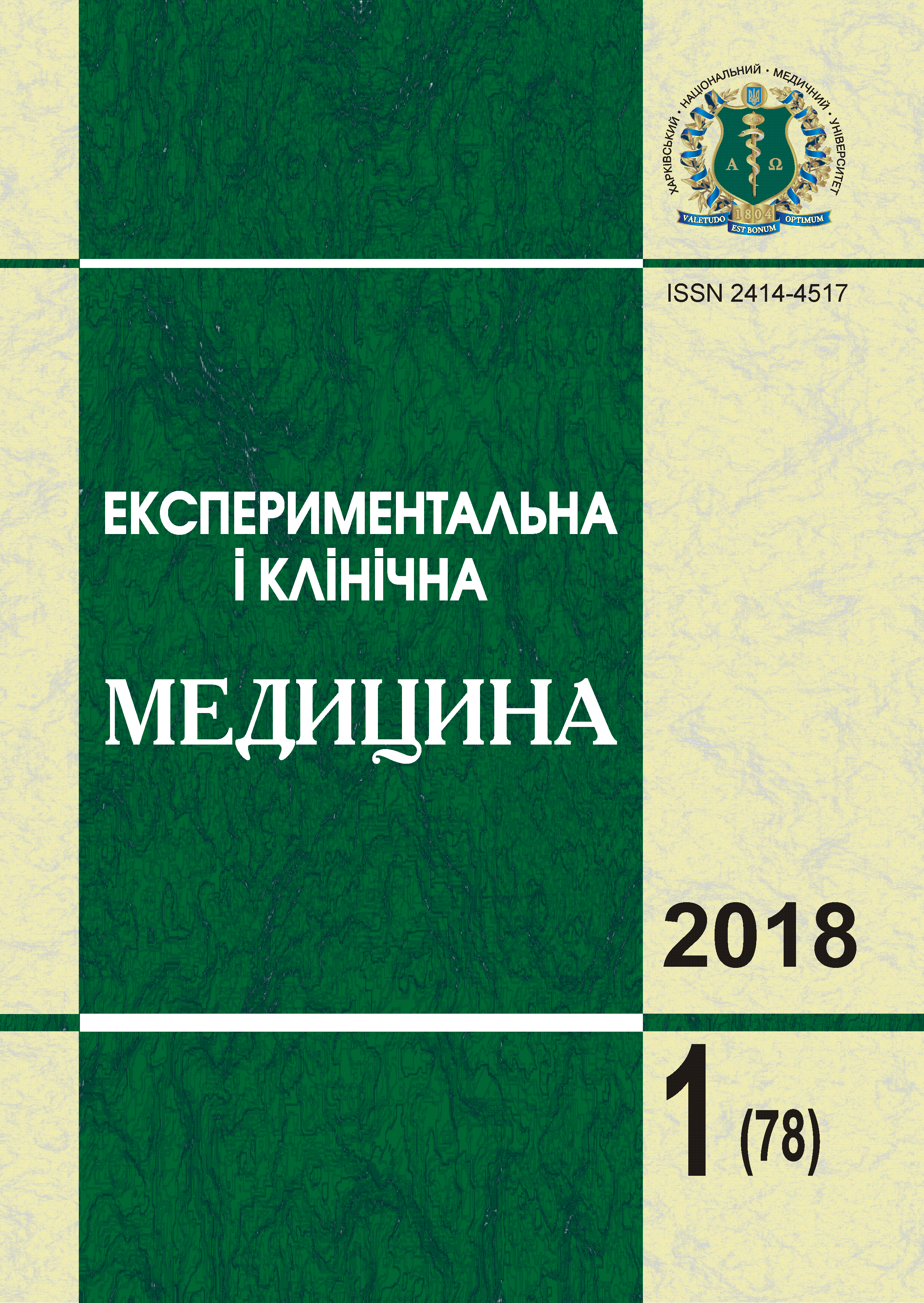Abstract
The article presents the results of the investigation on the polymorphism of the DNA repair genes of in miners and workers of asbestos cement plants with occupational determined respiratory pathology. Purpose: to study the distribution of frequencies of genotypes of genes XRCC1 (rs25487) and XRCC3 (rs861539) in workers of harmful and dangerous industries for identifying markers of the risk of bronchopulmonary pathology. The real-time polymerase chain reaction was used to determine genotypes of DNA repair genes. As a result of the study it was established that the XRCC1•AA genotype is associated with the risk of bronchopulmonary pathology in the population of workers in asbestos-cement plants and coal miners of Ukraine. The protective role of the genotype XRCC1•GA in relation to the risk of developing bronchopulmonary system diseases in workers of asbestos-cement plants in Ukraine has been established.References
Izmerob N.F. (2015). Professionalnyie zabolevaniia organov dykhaniia (Natsionalnoie rukovodstvo) [Occupational diseases of the respiratory system (National guidelines)] (eds. N.F. Izmerov, A.G. Chuchalina). Moscow: GEOTAR-Media, pp. 119–148 [in Russian].
Kuzmina L.P. (2003. )Biokhimicheskiie i geneticheskiie pokazateli individualnoi chuvstvitelnosti k professionalnym vrednostiam: Professionalnyi risk dlia zdorovia rabotnikov (rukovodstvo) [Biochemical and genetic indicators of individual sensitivity to occupational hazards: Occupational health risk for workers (guidance)](eds. N.F. Izmerova, E.N. Denisova). Moskow: Trovant, pp. 329–334 [in Russian].
Pavanello S., Clonfero E. (2004). Individual susceptibility to occupational carcinogens: the evidence from biomonitiring and molecular epidemiology studies. G. Ital. Med. Lav. Ergon. Oct-Dec. vol. 26 (4). pp. 311–321.
Kuschel B., Auranen A., McBride S., Novik K.L., Antoniou A. (2002) Variants in double-strand break repair genes and breast cancer susceptibility. Hum Mol Genet, vol. 11, pp. 1399–1440.
Shin A., Lee K.M., Ahn B., Park C.G., Noh S.K. (2008) Genotype-phenotype relationship between DNA repair gene genetic polymorphisms and DNA repair capacity. Asian Pac. J. Cancer Prev, vol. 9, pp. 501–505.
Tebbs R.S., Zhao Y., Tucker J.D., Scheerer J.B., Siciliano M.J. (1995). Correction of chromosomal instability and sensitivity to diverse mutagens by a cloned cDNA of the XRCC3 DNA repair gene. Proc. Natl. Acad. Sci USA, vol. 92, pp. 6354–6358.
Thacker J., Zdzienicka M.Z. (2004). The XRCC genes: expanding roles in DNA double-strand break repair. DNARepair (Amst.), vol. 3, pp. 1081–1090.
Zienolddiny S., Campa D., Lind H. (2006). Polymorphisms of DNA repair genes and risk of non-small cell lung cancer. Carcinogenesis, vol. 27, № 3, pp. 560–567.
Hao B., Miao X., Li Y., Zhang X., Sun T. (2006). A novel T–77C polymorphism in DNA repair gene XRCC1 contributes to diminished promoter activity and increased risk of non-small cell lung cancer. Oncogene, vol. 25, рp. 3613–3620.
Kubota Y., Nash R.A., Klungland A., Schar P., Barnes D.E. (1996). Resconstitution of DNA base excision repair with purified human proteins: Interaction between DNA polymerase beta and the XRCC1 protein. EMBO J., vol. 15, pp. 6662–6670.
Rodriguez S., Gaunt T.R., Day I.N.M. (2009). Hardy-Weinberg Equilibrium Testing of Ascertainment for Mendelian Randomization Studies. Am. J. Biological Epidemiology. Feb 15, vol. 169 (4), pp. 505–514. Doi 10.1093/aje/kwn359.
Wang Y., Yang H., Li H., Li L., Wang H. (2009) Association between X-ray repair cross complementing group 1 codon 399 and 194 polymorphisms and lung cancer risk: a meta-analysis. Cancer Lett., vol. 285, pp. 134–140.
